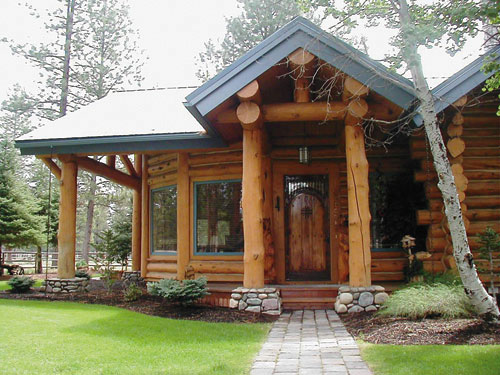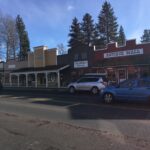 Most tales about rapid and sometimes reckless growth east of the Cascades tend to center around the fortunes of Bend. But the latest Census figures show that the Central Oregon town that grew fastest over the past decade was Sisters.
Most tales about rapid and sometimes reckless growth east of the Cascades tend to center around the fortunes of Bend. But the latest Census figures show that the Central Oregon town that grew fastest over the past decade was Sisters.
 |
Nearly a quarter of the homes in Sisters are vacant, like this one, compared to 12% in Bend. // Photo courtesy Jeff Dobson, Sisters Hometown Realty |
Most tales about rapid and sometimes reckless growth east of the Cascades tend to center around the fortunes of Bend. But the latest Census figures show that the Central Oregon town that grew fastest over the past decade was Sisters.
The population in this quaint mountain town more than doubled from 959 people in 2000 to 2,038 in 2010. Homes multiplied even faster. Sisters upgraded its sewer system just prior to the real estate boom, enabling more property owners to subdivide and build for an influx of retirees and speculators, many of whom were willing to pay California prices. By the time the construction dust had settled, Sisters was topping the charts among Oregon cities in the less appealing category of home vacancies. According to the latest U.S. Census data, nearly a quarter of the homes in Sisters (23.6%) are vacant, as compared to 12% in Bend.
Charting home prices in Sisters over the past 10 years doesn’t show a bubble, it shows a steep mountain: up to a pinnacle and back down quickly to base camp. One home listed for $1.6 million in January 2009 sold in March 2011 for $439,000. Another property listed for $370,000 went back to the bank and sold for $140,000.
Asked who got hurt the worst by the market collapse, Jeff Dobson of Sisters Hometown Realty cites builders who went out of business and people who lost their homes, and then adds, “It might be harder to find people who didn’t get hurt.”
Dobson says the market is recovering, but there may still be some price adjustments to come. “Right now we have a dearth of inventory in the $100,000-$200,000 range,” he says. That’s quite a change for an area that saw median home prices peak at $460,000 in 2006.


